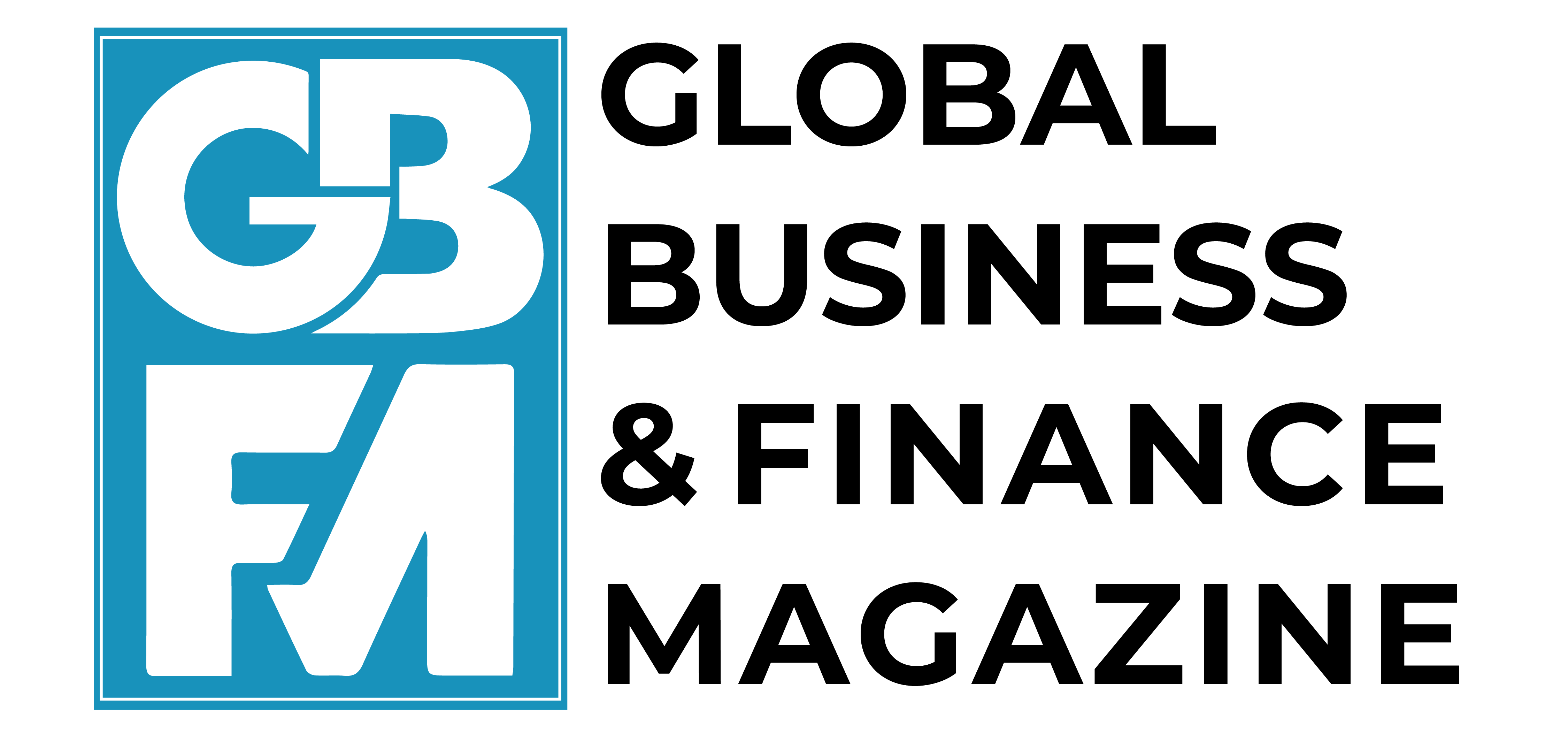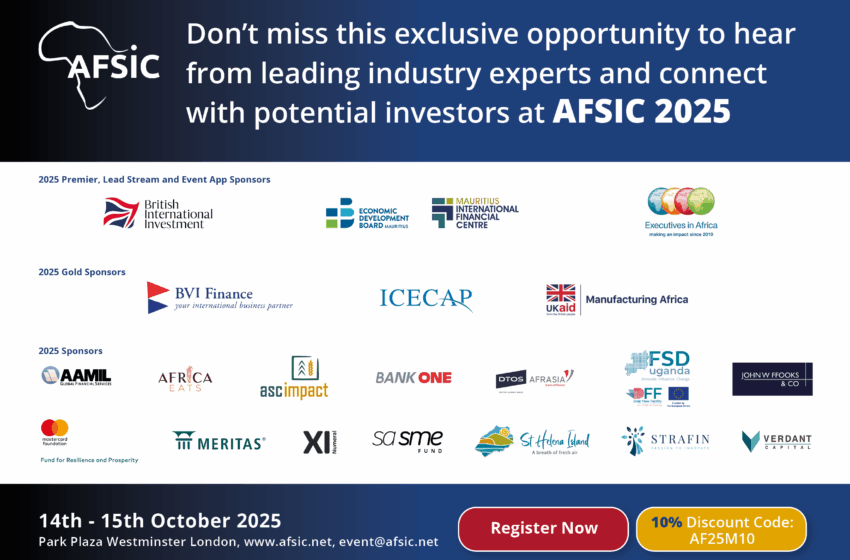Three forces have always shaped globalisation – technology, policies, and geopolitics. What distinguishes the current moment is that all three are accelerating simultaneously but in different directions. This column introduces a new eBook showing how this divergent acceleration creates transformation rather than retreat from globalisation. But it also generates acute tension between rapidly changing economic flows and policies and slowly adapting institutions, creating fragmentation risks. Nevertheless, the multilateral system’s embedded flexibility, economic value, and proven historical capacity for adaptation offer pathways towards cooperative solutions.
With the recent surge in tariff actions and geopolitical tensions, questions on the state of globalisation came to the forefront of economic research (Aiyar et al. 2023, Baldwin 2025, among others). The contributions collected in a new CEPR eBook (Baldwin and Ruta 2025) offer a synthesis of state-of-the-art research on how trade and capital flows are changing, on the impact of trade and industrial policies, and on the challenges faced by the multilateral trade and monetary systems. In this column, we summarise the key findings of this research and try to put it in a broader and long-term context, asking three questions: What drives globalisation? How are these drivers evolving now? And what does this mean for globalisation’s future?
The three forces shaping globalisation
Three fundamental forces have always determined the pace and direction of international economic integration:
- Technology operates as both an integrator and disruptor of global economic flows. Technological advances reduce transaction costs that facilitate trade and investment flows and can enable entirely new forms of cross-border economic activity. Yet technology also generates disruptive effects that can reduce incentives for international exchange. Automation technologies, for instance, may diminish the labour cost arbitrage that drove much offshoring in previous decades.
- Policy also has potentially divergent effects on integration. Governments can systematically reduce trade barriers and facilitate cross-border economic activity via multilateral and bilateral agreements, regulatory convergence, and investment facilitation and protection frameworks. But governments can also create barriers and distort international economic flows through tariffs and non-tariff barriers, trade and industrial policies with discriminatory elements, and policies that prioritise domestic over international suppliers.
- Geopolitics encompasses security considerations that can serve as either catalyst or impediment to economic integration. Integration effects emerge when shared security interests and political values drive economic cooperation. However, fragmentation effects arise when strategic rivalry and security concerns undermine economic interdependence through economic statecraft and weaponisation of trade and financial relationships, decoupling policies driven by national security considerations, and bloc formation that restricts economic interactions across geopolitical divides.
These forces also interact in complex ways. The technology–policy nexus means that technological developments influence policy choices while policy frameworks simultaneously shape the direction and diffusion of innovation. The geopolitics–technology interface sees strategic competition driving technology policy and R&D priorities, while technological capabilities influence geopolitical power balances. Policy–geopolitics interactions finally occur as geopolitical objectives can shape economic policy choices while economic interdependence can either constrain or enable geopolitical goals. Most importantly, systemic feedback effects mean that the three forces create reinforcing or offsetting dynamics that can amplify initial shocks or generate path-dependent outcomes.
Echoing Polanyi’s ‘Great Transformations’ (Polanyi 1944), the process of globalisation driven by these three forces eventually shapes society and is shaped by it. Economic structure, employment patterns, and the geography of economic activity shift as globalisation drives structural transformation from agriculture to manufacturing to services. Political responses emerge as global economic integration reduces between-country disparities while exacerbating within-country inequality, leading to social tensions. Finally, institutional adaptation occurs as societies develop new governance mechanisms to manage the social consequences of economic integration.
Historical phases: The shifting balance of forces
Before turning to the world of today, let’s consider how these forces shaped globalisation in the past. As is standard practice among economic historians (see, for instance, O’Rourke and Williamson,1999), we can divide the past 150 years into four distinct periods (summarised in Figure 1).
Figure 1 Globalisation phases and global income, 1870 to today


Note: Sample’s composition changes over time. Trade Openness (LHS) is measured as percentage of GDP while Global Average Income (RHS) is expressed in 2011 international dollars.
Sources: PIIE, Jorda-Schularick-Taylor Macrohistory Database, Our World in Data, World Bank, Maddison Project Database 2023, and IMF staff calculations.
The First Wave of Globalisation (late-19th century) was fundamentally technology driven. Steam ships, railroads, and the telegraph served as the prime movers, dramatically reducing transportation and communication costs and creating the first truly global economy. The spreading Industrial Revolution raised incomes and expanded the tradable share of economic activity across continents. Geopolitics played an ambivalent role – imperial rivalry created tensions but was balanced by a multipolar system that maintained relative stability. Policy frameworks emerged through a growing network of preferential trade agreements that reduced bilateral barriers, though these also created discrimination towards non-members and occasional instability. The societal transformation was profound: accelerated industrialisation drove mass migration from farm to factory, rapid urbanisation, and the emergence of industrial working classes in what are today’s advanced economies.
The Great Retreat (interwar period) demonstrated the power of geopolitics to overwhelm other forces. Geopolitical upheaval – WWI, rising nationalism, exacerbated imperial rivalry, and ultimately WWII – destroyed the foundations of international economic cooperation. Technology continued advancing, but its integrative potential was negated by geopolitical fragmentation. The rise of protectionist policies and economic nationalism, exemplified by the Smoot-Hawley Tariff and Imperial Preferences, accelerated the collapse of the first global economy. The societal response saw economic dislocation and social upheaval fuel political radicalisation and nationalist ideologies that further undermined international cooperation.
The Second Wave (1945-1989) showcased the importance of aligned policies and geopolitics, albeit within geographic constraints. Cold War geopolitics created a paradox: Western alliance building promoted deep economic integration within the bloc, but East–West division severely limited globalisation’s scope. Policy leadership emerged through the Bretton Woods system, GATT, and European Communities, also extending beyond the core Western alliance to include Japan, ASEAN, and Australia-New Zealand, but still excluding most of the globe. Technology played a supporting rather than a driving role, for instance through containerisation and jet travel. The societal impact was transformative within the Western sphere: the post-war boom enabled massive expansion of middle classes and the transition toward service economies, with rising incomes and decreasing within-country income inequality.
The Global Value Chain Revolution (1990-2008) marked an extraordinary convergence where technology, policy, and geopolitics aligned to unleash unprecedented ‘unbundling’ of production across borders (Baldwin 2016). Post-Cold War geopolitics added over 2 billion workers to the global labour pool and delivered an ‘End of History’ dividend, with American hegemonic stability keeping global markets open. Policies supported rapid integration: the creation of the WTO and ‘deep’ regional agreements provided governance for complex cross-border value chains (Fernandes et al. 2021). The ICT revolution was the critical enabler, making it profitable for multinationals to ‘slice up’ value chains and offshore manufacturing know-how, triggering rapid industrialisation in the developing world. This generated a ‘Great Convergence’ – dramatically falling between-country inequality, even as within-country inequality surged globally.
The current moment: The Divergent Acceleration
What makes the current era unprecedented is not just the intensity of any single force, but that technology, policy, and geopolitics are all rapidly accelerating simultaneously – yet pulling globalisation in starkly different directions. This creates a complex dynamic of transformation rather than simple retreat.
Technology presents a classic double-edged sword. The digital revolution and AI are enabling the ‘third unbundling’ by making services increasingly tradable and spawning entirely new forms of cross-border knowledge flows (Baldwin 2019). Yet these same forces are disrupting established patterns of comparative advantage, with contradictory effects on trade – automation erodes traditional labour cost arbitrage and advanced manufacturing techniques like 3D printing can favour ‘re-shoring’ over complex global production networks, but they also boost efficiency and create surging demand for specialised traded inputs, advanced materials, and high-tech components that flow through entirely new supply chains (Freund et al. 2022, Artuc et al. 2023). The result will likely be a fundamental reconfiguration of how, where, and why economic activity gets sliced up across borders.
The return of activist governments in trade and industrial policy represents the second significant shift of the current era, with mixed effects on international integration. The post-COVID period has witnessed a dramatic resurgence of state intervention, with a three-fold increase in the number of trade-distorting policy interventions marking a decisive break from the preceding era. Some industrial policies explicitly promote trade and supply chain diversification, seeking to enhance economic resilience through broader international partnerships and reduced concentration of critical supply chains. However, as documented in Evenett et al. (2024), around 70% of new interventions represent purely protectionist measures – discriminatory tariffs, export controls, reshoring incentives – that explicitly aim at import substitution and systematically distort trade and investment flows.
Finally, geopolitics has re-emerged as an increasingly important factor shaping integration patterns, particularly through the evolving strategic relationship between the US and China. Growing concerns that economic interdependence may be increasingly weaponised are reshaping business and government calculations as trust in the multilateral system deteriorates (Clayton et al. 2024). The shift in US trade policy, symbolised by the tariffs announced on 2 April 2025, represents a potential game changer in this regard. Meanwhile, the G7’s declining share of global economic output as emerging markets’ influence rises is eroding traditional leadership of the world economy without replacing it with alternative governance mechanisms (Baldwin 2025).
The interactive effects among these forces create amplifying dynamics that extend beyond their individual impacts. Technology enables new forms of economic competition as digital platforms, AI capabilities, and advanced manufacturing create fresh domains for strategic rivalry between countries. Geopolitics drives policy responses as strategic competition increasingly motivates industrial policies, export controls, and investment screening mechanisms that reshape international economic flows. Policy choices, in turn, shape technological development and deployment through government investments, regulations, and restrictions that influence which technologies advance and where they are deployed.
Furthermore, the interactions among these forces could generate more societal transformations as AI and automation accelerate job displacement across sectors. In the absence of adequate domestic policies, such as stronger social protection, retraining systems and investment in education, these transformations could compound discontent and fuel political radicalisation.
What the evidence shows: Rewiring rather than retreat
In this context, the research presented in the eBook provides new evidence of how economic flows and policies are changing – and in some cases, not changing enough – and how this evolution strides with the slow pace of change of the trade and monetary systems. Some key facts emerge:
Geopolitics and technology are impacting global trade dynamics. In their contribution, Mulabdic and Yotov find that geopolitical tensions have a significant chilling effect on trade, with spikes in geopolitical tensions reducing international trade by approximately 30% – equivalent to imposing global tariffs of up to 11%. Services trade, as analysed by Li and Zymek, has proven less fragmented than goods trade, benefiting from new technologies that facilitate cross-border services transactions. However, modern services – in particular, intellectual property and telecommunications – show greater sensitivity to geopolitical alignment than traditional transport and travel services, suggesting potential vulnerabilities as these high-value sectors expand.
The empirical analysis, however, reveals that global economic flows are being rewired rather than simply reduced. Gopinath, Gourinchas, Presbitero, and Topalova document significant ‘tariff-jumping’ investment as companies relocate production to avoid trade barriers, fundamentally restructuring global supply chains. Their analysis identifies the crucial role of ‘connector countries’ – non-aligned economies that facilitate continued global integration by serving as intermediaries between geopolitical rivals. Freund, Mattoo, Mulabdic, Ruta, and Wilczynska provide new evidence of enduring economic dependence despite apparent trade reduction, documenting how US-China trade continues through de minimis exemptions and transshipment arrangements that reduce the actual decline in China’s import share between 2017 and 2023 from 8 percentage points to just 6 percentage points when properly measured.
Baquie, Huang, Jaumotte, Kim, Parente, and Pienknagura document the return of industrial policies driven by both economic and geopolitical objectives, though their analysis reveals mixed track records in terms of actual economic impact. Conteduca, Mancini, Romanini, Giglioli, Borin, Attinasi, Boeckelmann, and Meunier simulate the effects of a surge in tariffs between rival blocs. Consistent with the evidence available so far, these simulations show that the effect of higher tariff barriers would be that supply chains become more regional and complex rather than retreat behind borders.
Yet, critical policy gaps persist in areas essential to managing both globalisation and the societal transformation it induces. Mishra, Rotunno, Ruta, Topalova, and Zymek show that policies for adjustment to globalisation remain woefully inadequate globally, with trade adjustment assistance limited and insufficient investment in worker retraining and transition support. This represents a fundamental failure to address globalisation’s distributional consequences and political sustainability. Baba, Giri, Oeking and Scott’s analysis of Asia reveals that the region’s future prosperity depends critically on transitioning to services-led growth, but success requires comprehensive policy frameworks supporting investments in human capital and digital infrastructure – investments that remain insufficient across much of the developing world.
The institutional challenge
Most fundamentally, international cooperation mechanisms are lagging dangerously behind the challenges posed by rapid technological change and geopolitical fragmentation, creating governance gaps that threaten the stability of the entire system.
The trade system requires greater flexibility to adapt to changing geopolitical conditions. Mattoo, Ruta, and Staiger show that current WTO rules, designed for a different geopolitical era, face significant strain from contemporary strategic rivalries. However, their analysis also proves that cooperation remains economically beneficial even between geopolitical rivals, suggesting that institutional adaptation rather than abandonment represents the optimal path forward. The WTO could evolve to accommodate geopolitical realities through mechanisms that allow for managed departures from most-favoured nation and reciprocity principles. Such ‘geopolitical exemptions’ would enable orderly adjustment to new strategic realities while preserving the multilateral system’s core functions and minimising disruption to third countries.
The international monetary system’s future depends critically on US policy choices more than technological or geopolitical forces. Eichengreen’s analysis indicates that while the dollar’s international role faces increasing pressure, alternative currencies and payment systems are not yet ready to assume global reserve currency functions. Whether the dollar retains its central position in the near future depends primarily on American policy decisions across several key dimensions. Maintaining fiscal responsibility, implementing robust financial regulation, exercising restraint in the use of financial sanctions, and preserving Federal Reserve independence emerge as critical policy priorities for sustaining the stability of the current monetary system.
Conclusion: Globalisation’s silver linings
The simultaneous and divergent acceleration of technology, policies, and geopolitics is creating substantial change in global trade and capital flows. A critical tension emerges from the contrast between rapidly evolving economic forces and slowly adapting institutions, hindered by political constraints, coordination problems, and network externalities. In this context, multiple equilibria become possible as policies, flows, and technologies reinforce each other in different configurations. As Rudiger Dornbusch noted, crises tend to take longer to develop than expected but occur faster than anticipated. And crisis – here intended as an acceleration of geoeconomic fragmentation (Aiyar et al, 2023) – represents one possible outcome of current tensions.
However, several factors also provide grounds for measured optimism about preserving cooperative outcomes. The economic structure of modern trade, based on global value chains, creates strong constituencies across multiple countries for continued cooperation given the efficiency gains these arrangements generate. Multilateral institutions possess embedded flexibility that can be exploited to preserve the cooperative system while advancing integration under new conditions, in the form of plurilateral or mega-regional agreements. Finally, historical precedent demonstrates that both trade and monetary systems have successfully adapted to fundamental changes in global power balances while maintaining their essential cooperative character – from the Tokyo and Uruguay Rounds in trade to the Smithsonian Agreement and Louvre Accord in monetary cooperation.
The key lies in managing the current transformation in ways that harness these adaptive capacities and preserve the rules-based system, while addressing the legitimate concerns that drive fragmentation pressures.
Source : VOXeu



































































